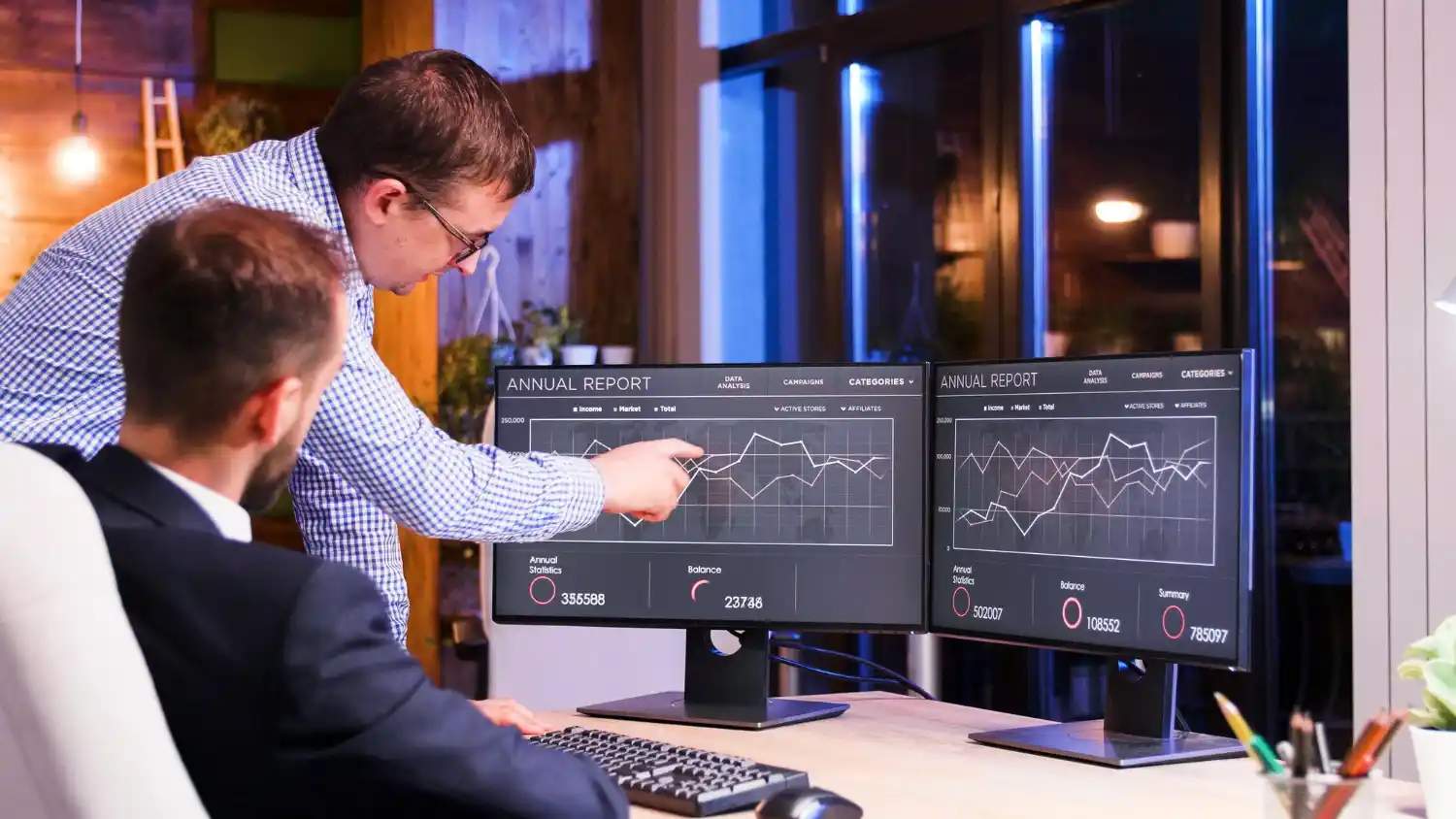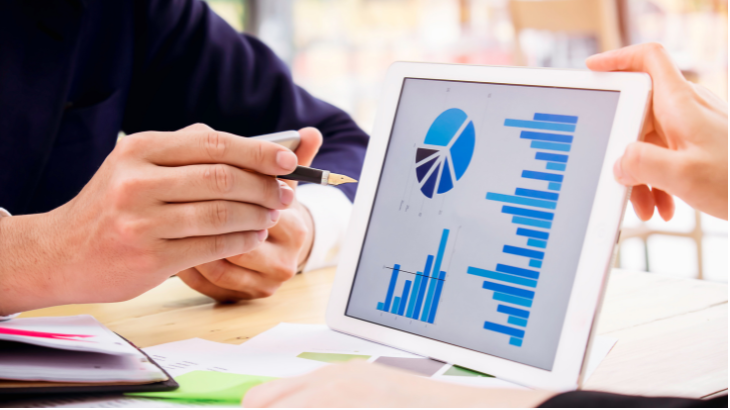In the dynamic world of business intelligence (BI), two tools have consistently stood out: Power BI and Tableau. Even though both are well-known for their powerful data visualization and analytics capabilities, selecting one over the other might be difficult. This blog article aims to assist you in making an educated selection by providing an in-depth analysis of the main differences and similarities between Power BI and Tableau.
Power BI, a widely utilized business intelligence (BI) application created by Microsoft, provides analytics, reporting, and data visualization. Users who are already a part of the Microsoft ecosystem tend to favor it due to its renowned integration capabilities with other Microsoft products.
In contrast, Tableau is a prominent data visualization application renowned for its proficiency in generating intuitive and interactive dashboards.Acquired by Salesforce in 2019, Tableau is celebrated for its powerful and detailed visual analytics.
- Data Visualization: Both Power BI and Tableau offer a wide range of visualization options. Power BI is user-friendly with drag-and-drop functionality, while Tableau is known for its advanced visualization capabilities.
- Data Handling: Tableau is generally better suited for handling large datasets, providing faster performance with extensive data. Power BI, while efficient, can be slower with larger datasets.
- Integration and Compatibility: Power BI seamlessly integrates with other Microsoft services, whereas Tableau offers broader integration capabilities with various data sources.
- User Interface: Both tools boast intuitive interfaces, but Power BI is often favored for its familiar Microsoft Office-like experience.
- Power BI offers a more cost-effective model, with a free version and a Pro version at a lower price point compared to Tableau.
- With its advanced functionalities and comparatively higher cost, Tableau is frequently favored by larger organizations that require complex data visualization solutions.
- Power BI is often cited as easier to learn, making it a great option for beginners or businesses with simpler data analysis needs.
- Tableau has a steeper learning curve but is supported by a vast community of users and extensive training resources.
The decision between Power BI and Tableau depends on various factors:
- Organizational Needs: Consider the size of your datasets, the complexity of the visualizations required, and the existing tools in your IT ecosystem.
- Budget Constraints: Power BI is more budget-friendly, especially for small to medium-sized businesses or startups.
- Skill Level of Users: Power BI is more accessible for beginners, while Tableau is ideal for users with more experience in data analysis.
Both Power BI and Tableau offer unique strengths in the realm of business intelligence. Power BI is a highly commendable option for individuals in search of a streamlined, economical solution, particularly when implemented within the Microsoft ecosystem. Tableau, with its advanced visualization capabilities, is ideal for larger organizations or those requiring detailed and complex data analysis.
For businesses looking to enhance their BI capabilities, KAN Software’s Business Intelligence and Reporting Services offer expert guidance and solutions. To explore more about these tools and how they can transform your business intelligence strategy, visit KANSOFT.


